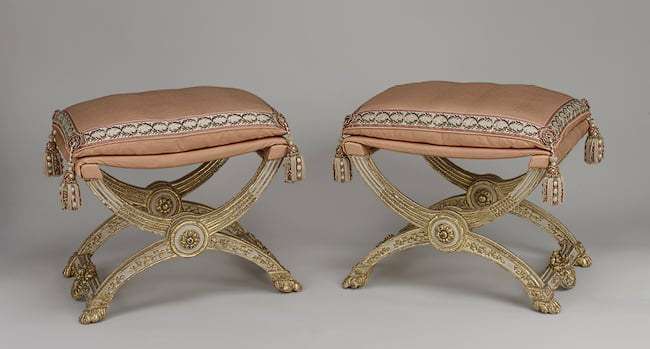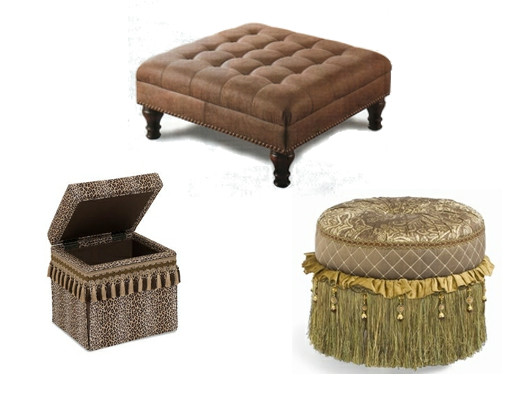Ottoman Ergonomics- Good For Your Back
Most of us spend the majority of our days sitting down, whether it’s in front of a computer, a desk, a table, or on a sofa. Due to this statistic, the field of ergonomics has blended design with the utility to support our human bodies in a way that is healthy. Think of the ergonomic office chair, designed to support lumbar and spinal areas in an employee that works all day sitting down, or the driver’s seat designed to protect your neck in case of an accident. However, when it comes to the furniture ergonomics inside our homes, we forget to implement and opt for sofas and chairs that lack spinal support or worse yet, that encourage slouching.
In an effort to opt for more ergonomic patio furniture, we bring you the ottoman! This handy piece of furniture can ease your back in ways we never knew.
Ottoman Early Origins

The ottoman is a piece of upholstered furniture (used indoors and outdoors) that usually has no arms or back and can be used as a footrest, a coffee table, or extra seating for the sofa. Hailing from 17th-century Turkey (the heart of the Ottoman Empire) and introduced to Europe in the late 18th-century, they were traditionally heaped with cushions and formed the main piece of seating in the home. The ottoman evolved from a substantial furniture piece wrapped around 3 walls to a more compact and small corner piece before moving into a centerpiece in the middle of a room.
The proliferation of private clubs ensured the popularity of ottomans in the 19th-century throughout Europe. At the time ottomans became circular or octagonal with arms radiating from the center to divide the seating space or with a central padded column to lean against. The flexibility of the ottoman to become what the owner needs (coffee table, footrest, extra seating, storage box, etc) is what made it such a great piece of furniture and brought it into today's homes and furniture showrooms.
But the ottoman has another hidden benefit we didn't quite know about: it's great for the ergonomics of your back!
Ottoman Ergonomics
One of the cornerstones of ergonomic design is foot support. Without foot support a few things can happen:
- For shorter guests, dangling legs will put stress on pressure points behind the knees, sitting forward to compensate will leave the back unsupported and create a curve in the lower back (or slouching).
- For taller guests, sitting on smaller chairs will make their knees higher than their waist (in a kind of squatting posture) which puts strains on the legs and knees.
To alleviate all of this, using an ottoman as a footrest is a perfect solution. By placing an ottoman in front of the chair and using it as a footrest the guest can relax their feet, release pressure from their knees and sit straight free from unnatural curves in the back.
This quote from an article from HumanTouch.com posted on Houzz.com explains it perfectly:
We often don't realize how much harm we do to ourselves while sitting in slumped forward postures, says ergonomics expert Rani Lueder of Humanics Ergonomics in Austin, Texas. We think we are comfortable hunching forward because our muscles relax as we shift the loads to our ligaments. Lueder adds that in the past, ligaments were thought of as being kind of like ropes, with minimal nerve feedback and circulation. However, in the past decade, research has shown that ligaments provide information to our brain to let us know how we are sitting. When we strain our ligaments, we lose the ability to send feedback to our brain, and this makes us more likely to injure ourselves.
Using an ottoman as a footrest will allow you to rest your back and take the pressure off your knees and legs. It's one of the most ergonomic ways to use your patio furniture.
